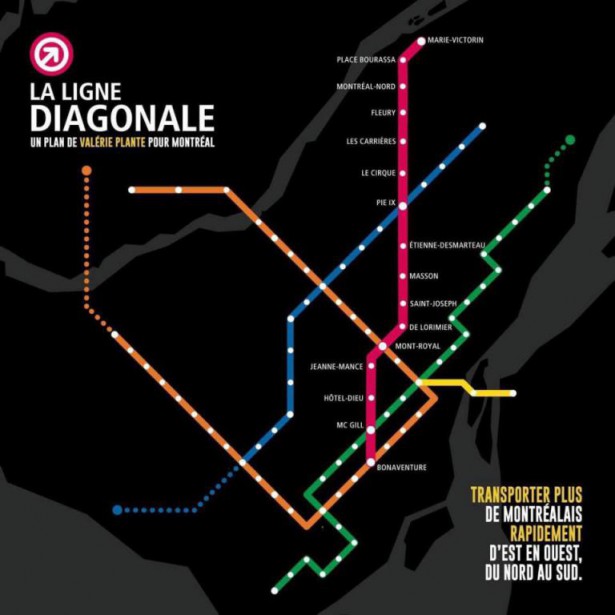44 North
Senior Member
Actually, with TYSSE and the underground portion of ECLRT / Line 5, that would vault us back to #1. But the point is that we should be miles ahead and we're not. Bring on the Relief Line. And then let's set some priorities after that.
I don't want to diminish how great the Crosstown is (something like it should've been built in TO half a century ago), but it wouldn't fall into most or all technical definitions of subway/metro considering it will be running in the street. What's included in Burloak's list is pretty standard in terms of classification of subway/metro.
But doesn't the Montreal REM share more characteristics with RER than subway rapid transit? Average stop spacing on the REM is 2.5 km, and it uses existing land rail line. Train frequency specified looks to be quite similar to RER as well (looking at frequency of the branches).
I guess Mtl's REM is still very preliminary, but everything I've gleaned says it's to differ from Ontario's RER vision considerably. And this goes beyond mere station spacing or a branch's frequency. For a local comparison I'd equate it more to Davis' GO-ALRT plan. But tangible worldwide examples would be things like BART, or many contemporary subway expansions with a commuter focus (e.g Washington Metro). That is: very high frequency metro vehicles (aka not mainline railway), maybe with portions run along (but not mixed with) existing rail corridors, and 100% separated from both road and other rail.
From what I can tell the vehicles are to be subway/metro, designed to be run separate from road and rail. So they'll probably have lower crash standards, be lighter weight, and should have decent acceleration. In other words not mainline heavy rail, nor typical street-running LRVs. Any new structures will probably be spec'd to these non-mainline metro vehicles - with tighter turns and steeper gradients than would be built for a conventional diesel or electric commuter train.
If REM's fares are as high as GO's vis-a-vis TTC, then yeah maybe REM should be considered more like RER. But all the reports about it basically lay out that it's to be a subway/metro-class rapid transit system, albeit of the 'lighter' or med capacity variety. *fwiw this is something I'd love to see across the GTA, and imo was very much a missed opportunity with UPX.
Our RER plans however are conventional mainline rail vehicles, using existing corridors, not separated from other rail, with many level crossings, bilevel, bathrooms aboard, etc. And it logically will be priced as a higher tier service or slightly premium compared with conventional public transit, considering that's what it effectively is.





